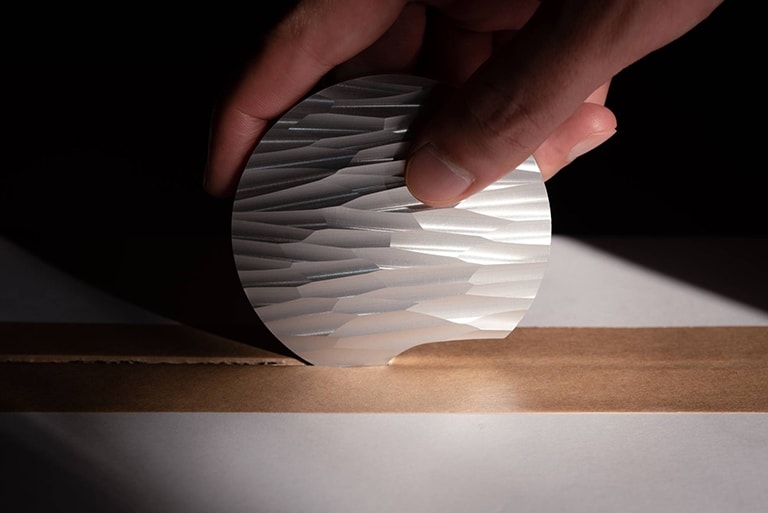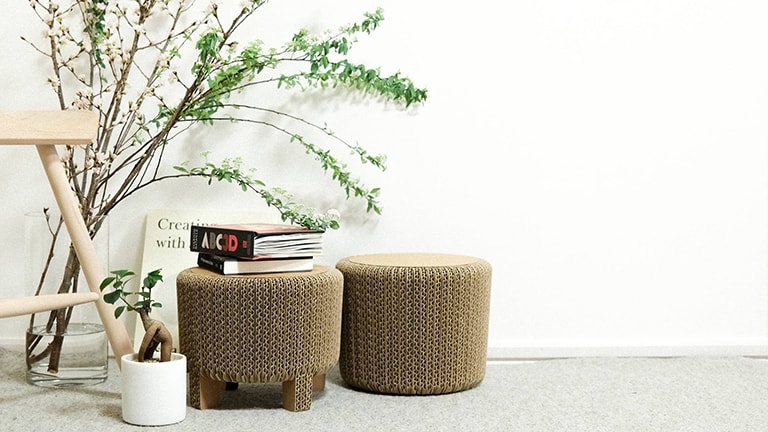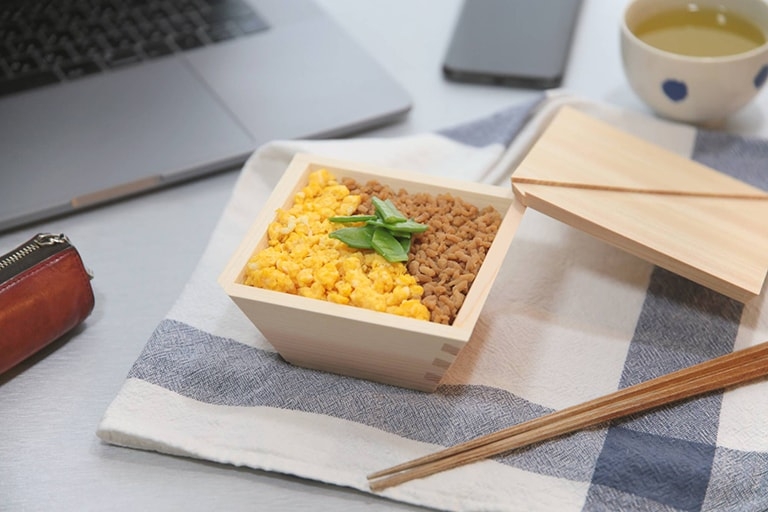Aichi Design Vision: Manufacturing collabs inspire creative homeware projects

Fun for all: Aichi Design Vision paired companies with up-and-coming designers to create brand new homeware products such as the Corncob, a DIY stool kit. |
It’s hard to avoid mentioning the effects of COVID-19 on the design industry when the pandemic has so drastically altered the way we consume. Still, economic setbacks have motivated some compelling creative projects.
When faced with a downturn in business in Aichi Prefecture last April, Aichi Design Vision, sponsored by the startup support initiative Aichi Manufacturing Network (AMN), began exploring design-led ways to promote and expand manufacturing industries. Known as the home of Toyota Motors, Aichi boasts numerous specialist automotive and robotic parts makers, all of which have helped bolster the nation’s economy. Aichi Design Vision’s focus, however, was to steer such companies away from their usual fields and utilize their skills to create brand new homeware products.
“We received six applications from manufacturing companies to participate,” says AMN representative Kaoru Hara, who explains that four were finally chosen and paired with up-and-coming designers. “To help inspire designers, we made videos about each company’s skills and technology so they could decide which matched their particular creative visions.”
This month, “On Design” looks at the four resulting items, which were released earlier this year on the crowdfunding platform Makuake.



